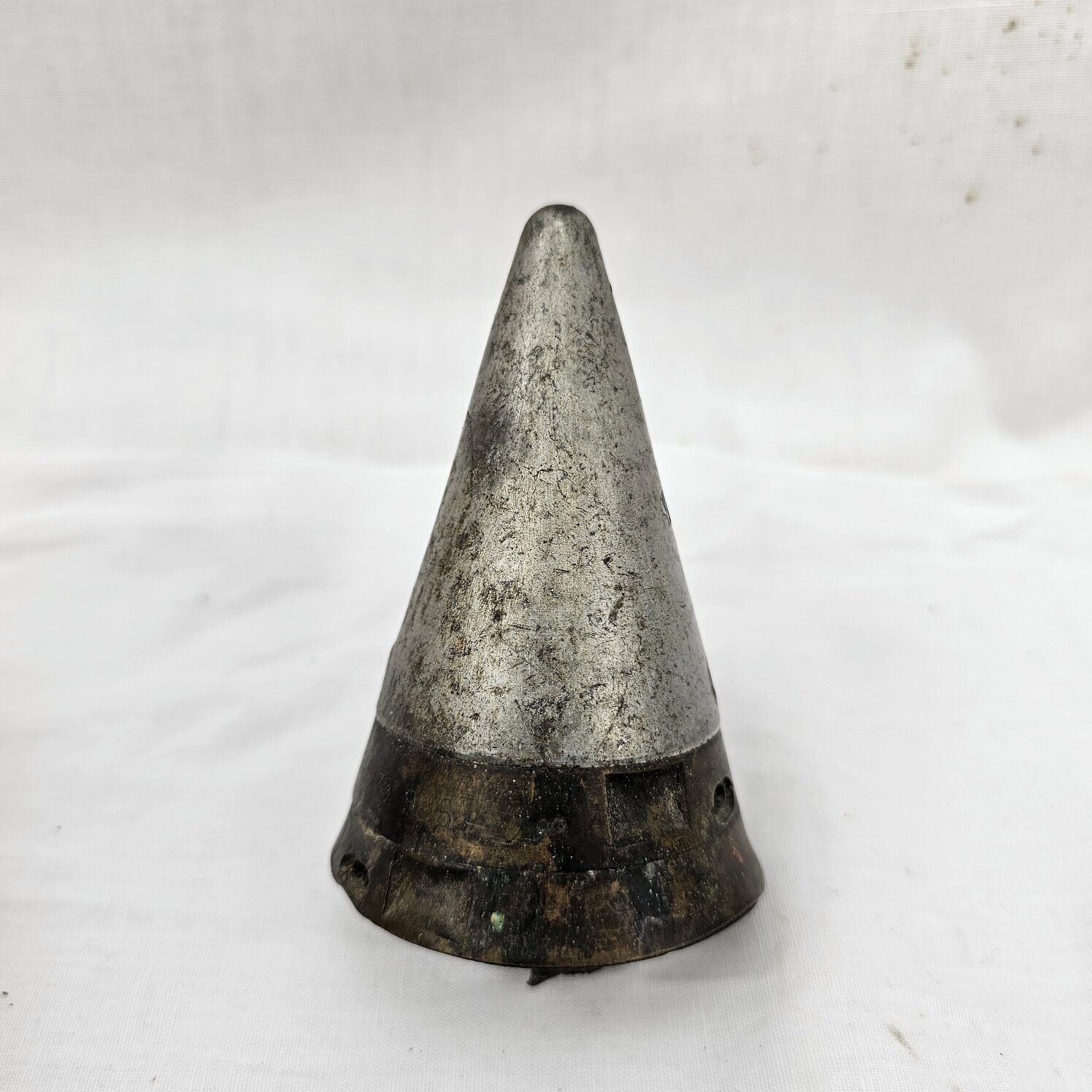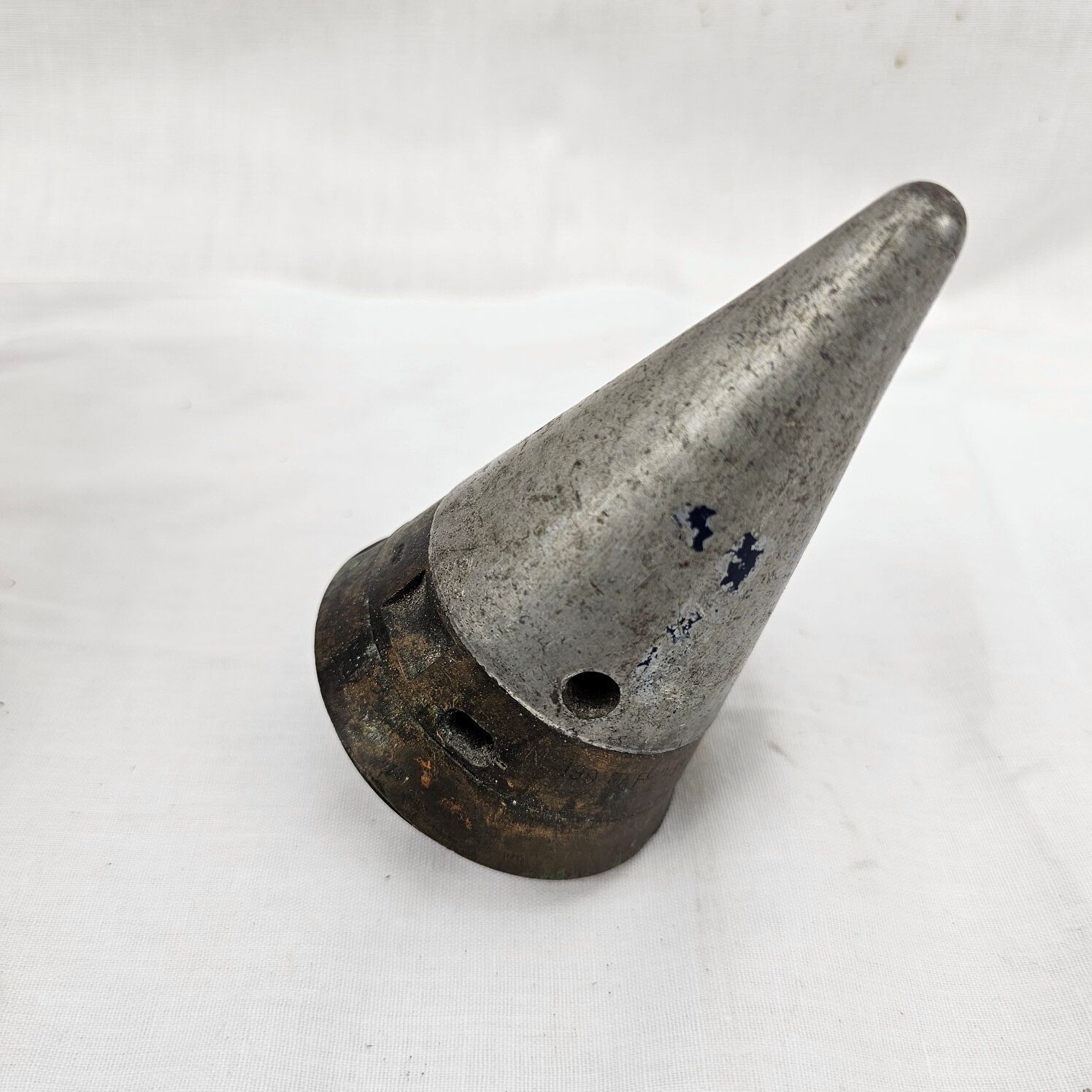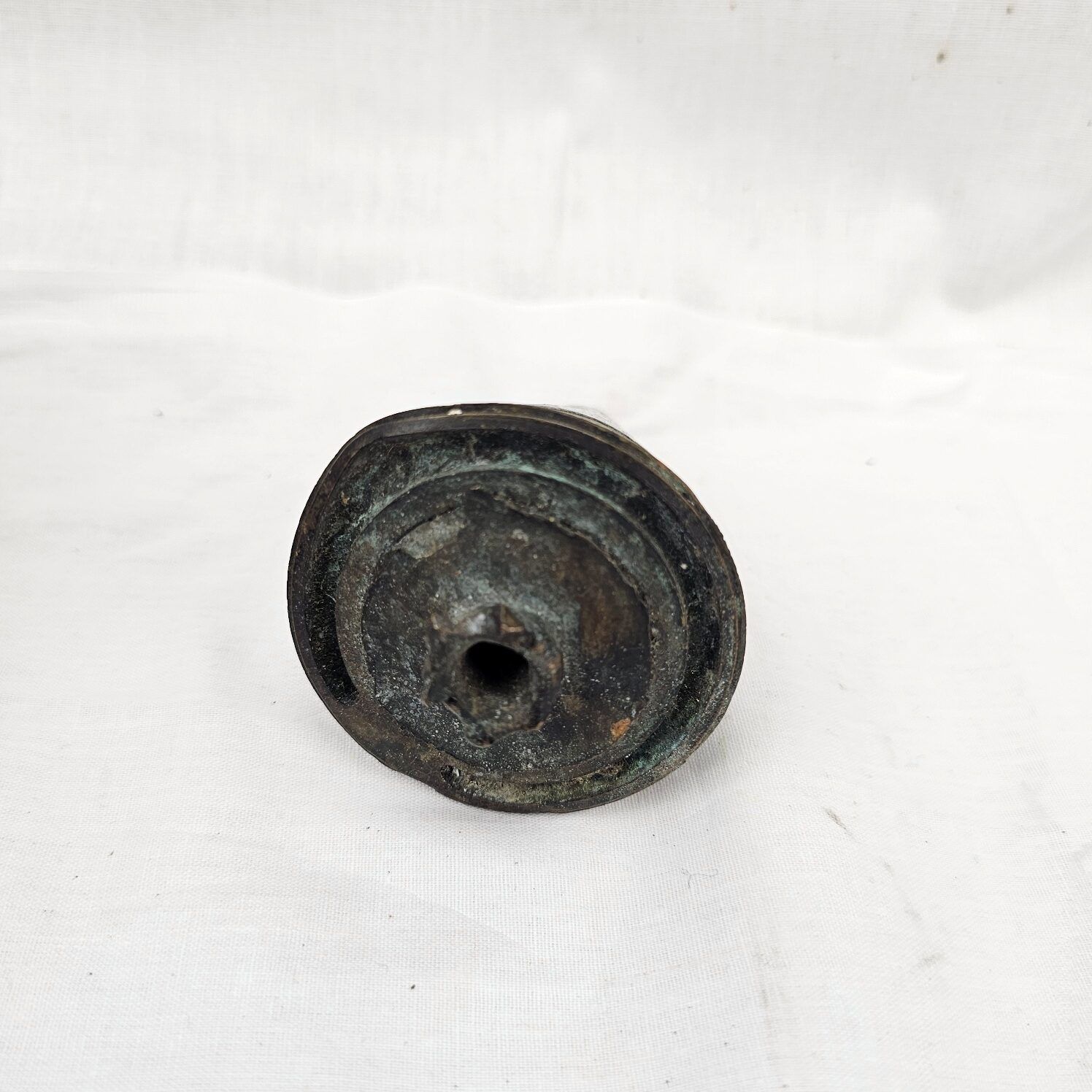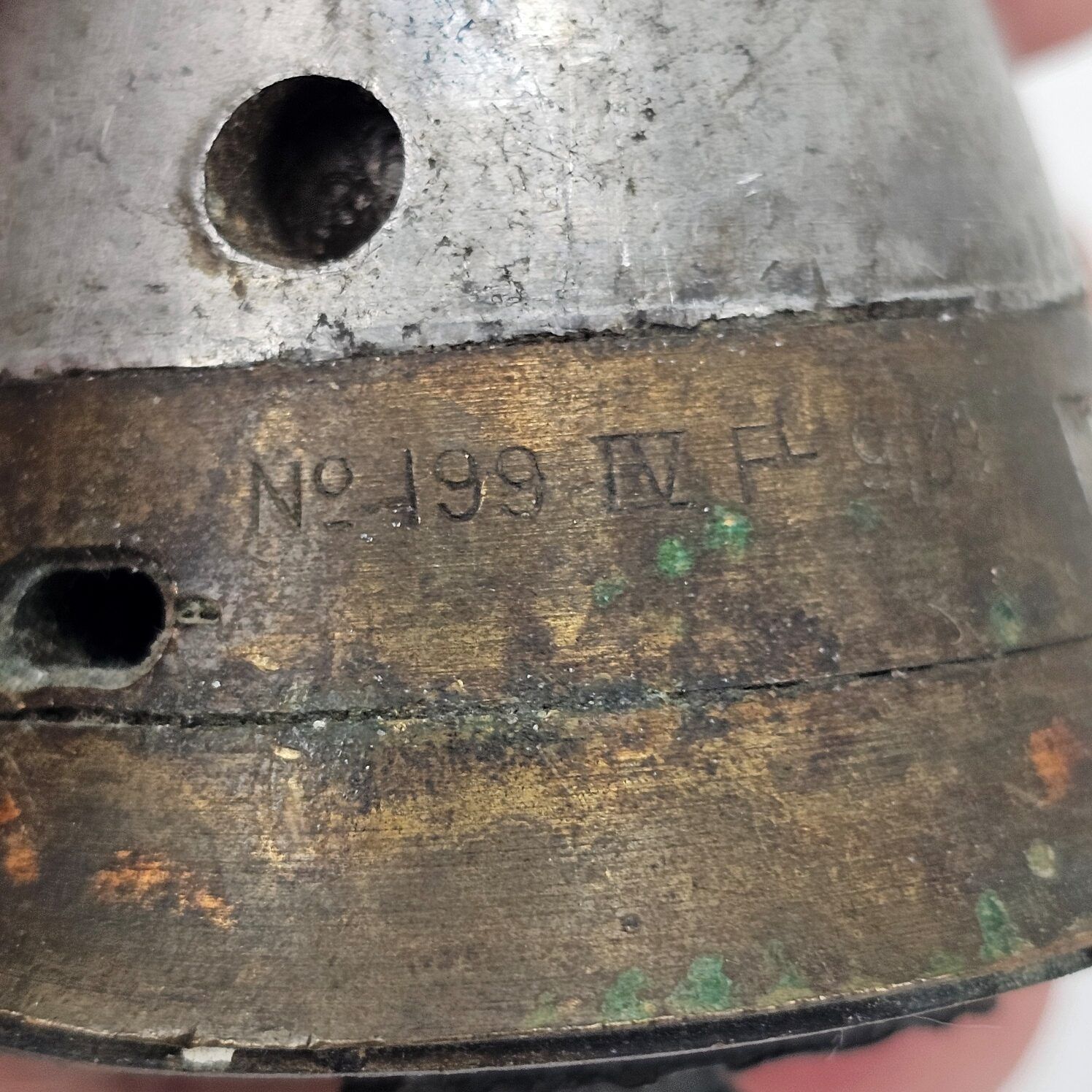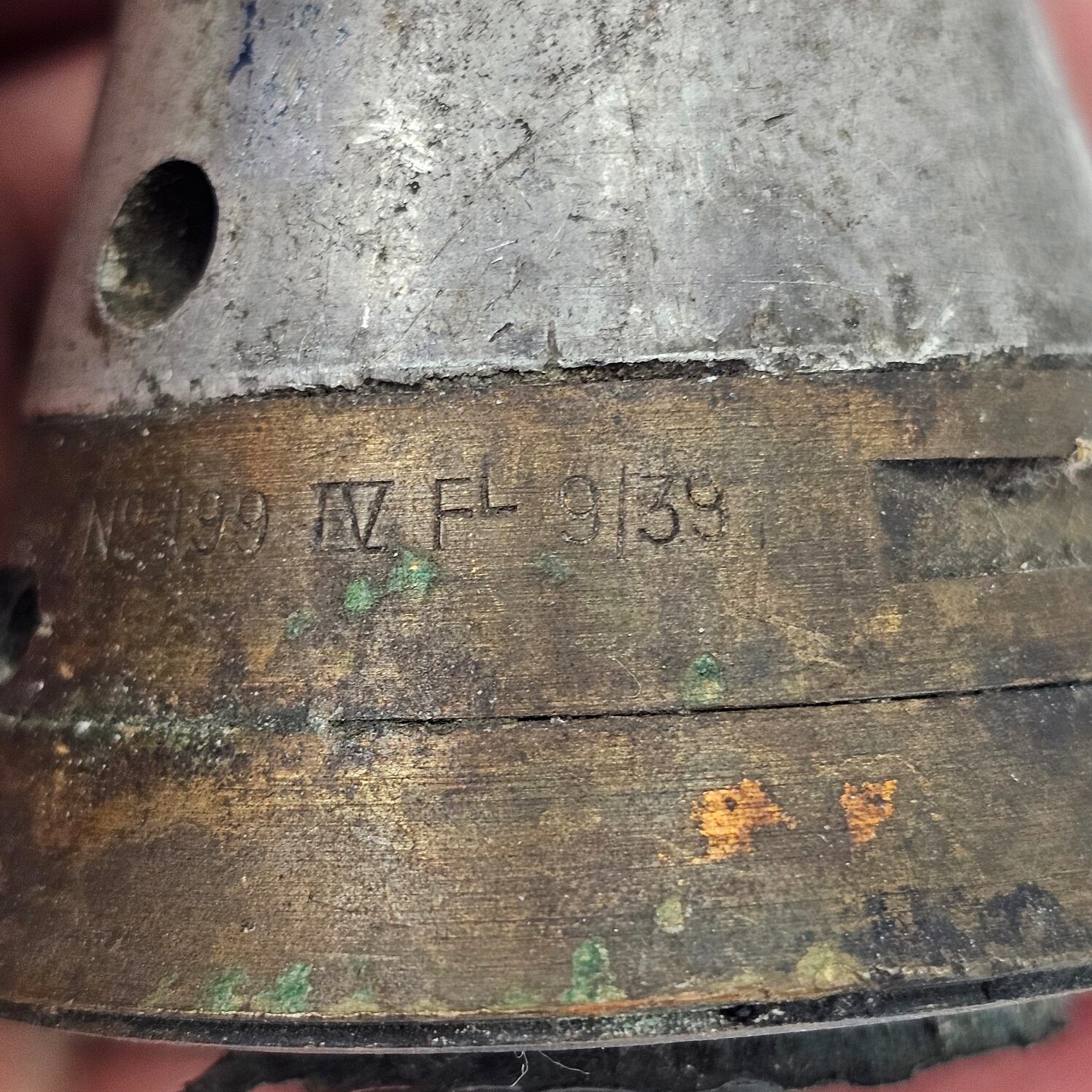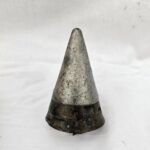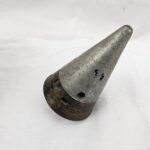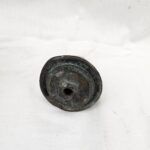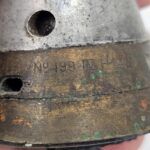~ WW2 British 3.7 inch AA No. 199 Time Fuse ~
The British No. 199 Time Fuse was a critical component of the air defense strategy during World War II, specifically designed for use with the 3.7-inch Anti-Aircraft (AA) gun, one of the mainstay British AA artillery pieces of the period. The development and deployment of this fuse reflect the technological advancements made in ordnance to improve the effectiveness of anti-aircraft defenses against enemy aircraft. Here’s an overview of its design, functionality, and impact:
Design and Features
- Purpose: The primary function of the No. 199 Time Fuse was to detonate the shell at a predetermined time after firing, ideally at the optimal point to inflict maximum damage on enemy aircraft. This timing was calculated based on the gun’s targeting system, which factored in the speed, altitude, and direction of the target.
- Technology: The fuse incorporated mechanical timing mechanisms that were set before firing, based on the calculated trajectory and the anticipated position of the target aircraft. Precision engineering was essential to ensure the reliability and accuracy of the fuse under combat conditions.
Operational Use
- 3.7-inch AA Gun: The 3.7-inch AA gun, equipped with the No. 199 Time Fuse, was a key element of Britain’s ground-based air defense during World War II. It was deployed across the UK and in various theaters of war to protect cities, industrial sites, and military installations from aerial attack.
- Effectiveness: The ability of the No. 199 Time Fuse to detonate the shell at a specific point in its trajectory made it possible to create airbursts of shrapnel near enemy aircraft, increasing the chances of damaging or destroying them. This was particularly effective against high-altitude bombers.
Challenges and Innovations
- Accuracy and Reliability: Achieving the necessary level of accuracy and reliability in the fuse’s timing mechanism was a significant challenge, given the variables of anti-aircraft fire and the high speeds of enemy aircraft. Continuous improvements in design and manufacturing were required to meet these challenges.
- Advancements in Air Defense: The development of the No. 199 Time Fuse was part of broader advancements in anti-aircraft technology during World War II, including radar-directed fire control systems that improved the accuracy of AA guns.
Legacy
- Contribution to Air Defense: The No. 199 Time Fuse, in conjunction with the 3.7-inch AA gun and other components of the air defense network, played a vital role in defending against enemy air raids, contributing to the overall air defense strategy that was crucial for the wartime security of Britain and its allies.
- Technological Progress: The innovations and experiences gained from the development and use of the No. 199 Time Fuse contributed to post-war advancements in munitions and air defense technology, reflecting the ongoing evolution of military technology in response to the demands of warfare.
The No. 199 Time Fuse is an example of the technological ingenuity that characterized World War II’s arms race, demonstrating how advancements in munitions technology were directly applied to meet the strategic and tactical needs of the conflict.

